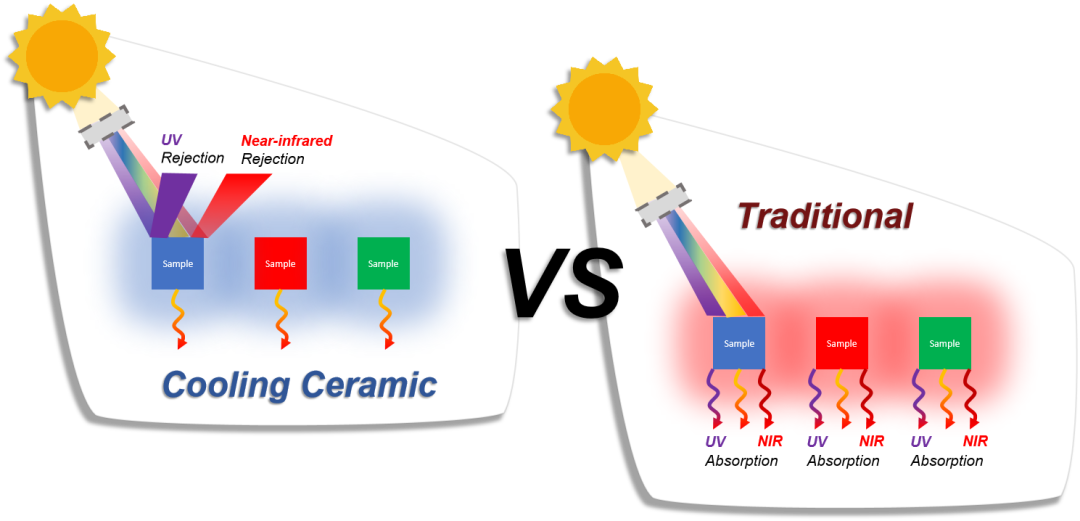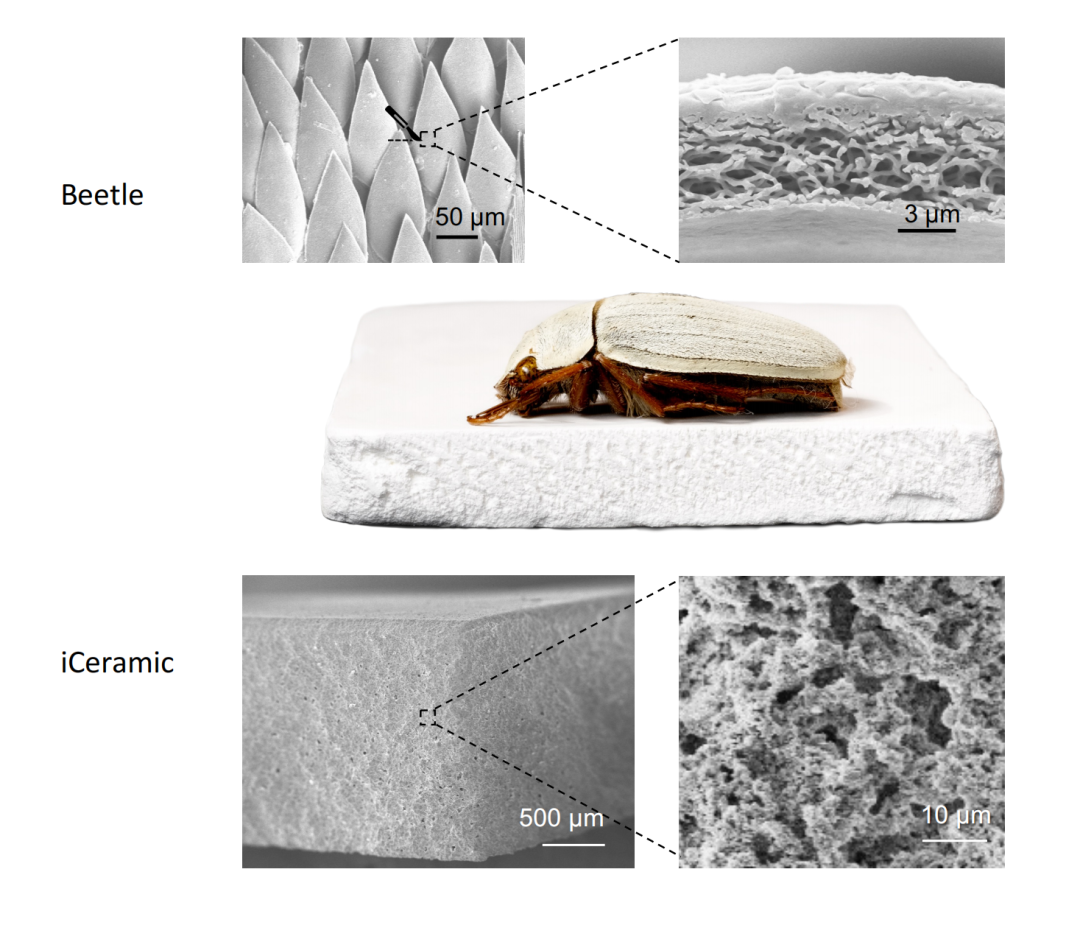Recently, i2Cool, a startup in the field of passive cooling technology, announced that it will hold a global launch event for its new product, the Cooling Ceramic, in Geneva, London, and Kuala Lumpur. The Cooling Ceramic is a groundbreaking product that uses passive cooling technology and its launch will open a new chapter in global green and energy-saving technology. The event, which includes new product displays, press conferences, and brand experiences, will feature an immersive brand exhibition booth at the 48th International Exhibition of Inventions in Geneva, the 2023 Future Lab during the London Architecture Week, and the 2023 Digital Universities Asia event in Kuala Lumpur.

Dr. Martin Y.ZHU, co-founder of i2Cool, said, "We are delighted to share the latest progress in our research and development of passive radiation cooling technology on such an internationally authoritative platform. One of i2Cool's goals is to achieve environmentally-friendly cooling with zero carbon emissions through passive radiation cooling technology and make positive contributions to global carbon neutrality." In addition to showcasing the new Cooling Ceramic, i2Cool will use this event to demonstrate its strong brand development and commercialization capabilities, which are based on Hong Kong's research and development technology and the advantages of the Greater Bay Area industrial chain.
Breakthrough in Energy-Saving Technology
Cooling Ceramic
The newly launched global product, the passive radiation cooling ceramic tile, is a major breakthrough in the application of i2Cool's core self-developed technology, passive radiation cooling technology.
Similar to i2Cool's flagship product, the passive radiation cooling coating, the no-electricity cooling ceramic achieves record-breaking high reflection by fine simulation and optimization of the ceramic material's layer-by-layer selection and porous structure. Coupled with efficient emission in the mid-infrared range, the no-electricity cooling ceramic can achieve long-term stable cooling effects.
The no-electricity cooling ceramic tile can reflect 99.6% of sunlight, virtually isolating all the heat load from solar radiation, thereby reducing the rate of temperature rise on the building's exterior and maintaining lower temperatures inside the building, truly achieving zero-energy consumption cooling. Based on this ultra-white cooling ceramic, we have also introduced cooling ceramics in different colors. Compared to regular colored ceramics on the market, our colored cooling ceramics can effectively reflect ultraviolet and infrared, thereby greatly reducing the absorption of sunlight. In addition, the no-electricity cooling ceramic tile has a longer lifespan and better stability. It also does not produce any noise or electromagnetic waves, making it more environmentally friendly and safer.
Compared to the no-electricity cooling coating, the no-electricity cooling ceramic tile not only maintains the same excellent cooling effect, but also exhibits stronger performance in hydrophobicity and fire resistance. Its decorative and light-sensitive color-changing properties can adapt to multiple styles of buildings, making it more widely applicable in daily life.
Biomimetic Inspiration from Beetles: Cooling Ceramic
It is reported that the inspiration for the development of electric-free cooling ceramic tiles also came from the wisdom of nature. The bio-white beetle, which is said to be the whitest living organism in the world (whiter than milk and the whitest teeth of humans), lives on white mushrooms, and its white appearance helps it to evade predators.
The bio-white beetle uses thin-film interference, Mie resonance, and radiative cooling effects to reflect visible light as much as possible. Research has found that the beetle's exoskeleton is covered with tubular scales, and the inside of the scales is a shell/hollow cylindrical structure. Not only that, but the giant beetle has optimized the number and size of gaps in the structure to increase the reflectivity of mid-infrared light (MIR), and the presence of white scales can lower its body temperature by 7.8°C.

Inspired by biomimetic technology, the research team of i2Cool has discovered a unique structure on the beetle scales that can efficiently reflect sunlight. Through further research and experimentation, they have successfully developed ceramic tile materials with electric-free cooling effects. The material has wider pore size distribution from nanometers to micrometers, ensuring effective scattering throughout the entire range of sunlight.
Electric-free cooling aids global carbon neutrality
i2Cool was co-founded by Dr. Julian Yi-Hau Zhu of City University of Hong Kong, Professor Cao Zhiyin, and his research team. The core technology of the team is a passive radiative cooling technology that they have developed themselves. With excellent research results and the trend of carbon reduction and energy saving, the products of i2Cool's passive cooling radiative technology have made considerable progress in industrialization. Currently, i2Cool's electric-free cooling technology has been applied and promoted in many cities and regions in Hong Kong, mainland China, and Southeast Asia, achieving energy conservation and environmental protection.

Market research data shows that the market potential of electric-free cooling ceramic tiles is very large. In the future, i2Cool will continue to promote the market for this product, providing users with more environmentally friendly, efficient, and diverse electric-free cooling solutions, contributing to the global goal of "peak carbon and carbon neutrality," and striving to complete the corporate mission of "electric-free cooling in every household, zero-carbon energy saving benefits the world." Let's look forward to the stunning debut of this new product!